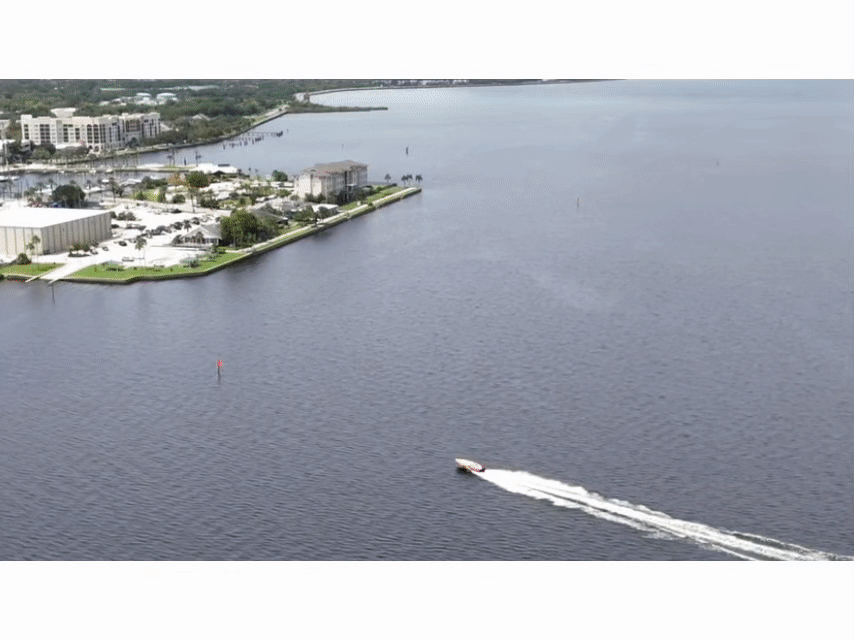Seminole Towne Center Mall in Sanford, Florida, is facing significant challenges due to declining foot traffic and changes in consumer behavior. However, there is hope on the horizon, despite what appears to be sluggish decision-making by the mall’s owners and city officials. The addition of venues like Elev8 Fun Amusement Center offers a glimpse of a new vision for the mall, showcasing possibilities beyond traditional retail. The City says it has taken steps to “repurpose the mall property, allowing for luxury apartments and a mix of office and retail spaces.” The goal is to transform the mall into a lifestyle center, where people can live, work, and play within a walkable community. While only 2 anchor retail stores remain (JC Penny & Dillards), the vision of creating a vibrant, multifaceted destination that fosters community engagement and after-hours enjoyment is quickly fading away from reality.
While many malls in the United States have struggled and some have closed, there are a few examples of malls that adapted and found ways to revitalize themselves. Here are a few cases:
- Mall of America – Bloomington, Minnesota:
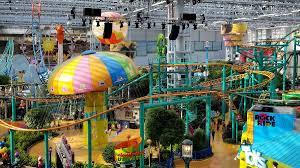
The Mall of America, one of the largest malls in the U.S., constantly evolves by diversifying its offerings. Beyond shopping, it offers a wide range of entertainment attractions, such as Nickelodeon Universe, an indoor amusement park with thrilling rides and attractions. SEA LIFE Minnesota, an aquarium, provides a unique aquatic experience, and there’s even a mini-golf course. These attractions turn the mall into an entertainment destination, attracting visitors who might not be shopping-focused. It’s an example of how experiential offerings can breathe new life into a shopping center, keeping it relevant and appealing to a broad audience.
2. The Galleria – Houston, Texas:

The Galleria – Houston, Texas: The Galleria in Houston embraced a mixed-use development approach. In addition to high-end retail stores, it incorporated office spaces, a luxury hotel, and upscale apartments. This diversification ensures a steady flow of visitors, as office workers, residents, and tourists frequent the premises. It turns the mall into a 24/7 destination, where people not only shop but also work, dine, stay, and live. The Galleria’s success lies in creating a vibrant, multi-purpose hub that caters to various needs and demographics.
3. Easton Town Center – Columbus, Ohio:
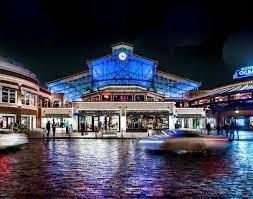
Easton Town Center opted for an open-air shopping center design, emphasizing community engagement and experiences. Its pedestrian-friendly layout, with a central square for gatherings, fosters a sense of community. The mall regularly hosts cultural events, live performances, and family-friendly activities, which create a unique and inviting atmosphere. Green spaces provide relaxation and an escape from the shopping hustle. By focusing on building a vibrant and communal environment, Easton Town Center draws people in not just for shopping but also for the overall experience.
4. The Mall at University Town Center – Sarasota, Florida:
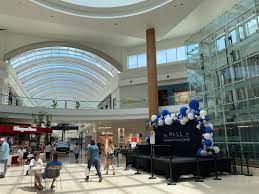
This mall chose to target an upscale market by attracting luxury brands and offering a high-end shopping experience. Its tenant mix includes top-tier retailers and upscale dining options. By catering to a more affluent demographic, the mall has managed to retain its relevance and profitability, demonstrating that a mall can thrive by aligning itself with a specific market segment.
5. Destiny USA – Syracuse, New York:
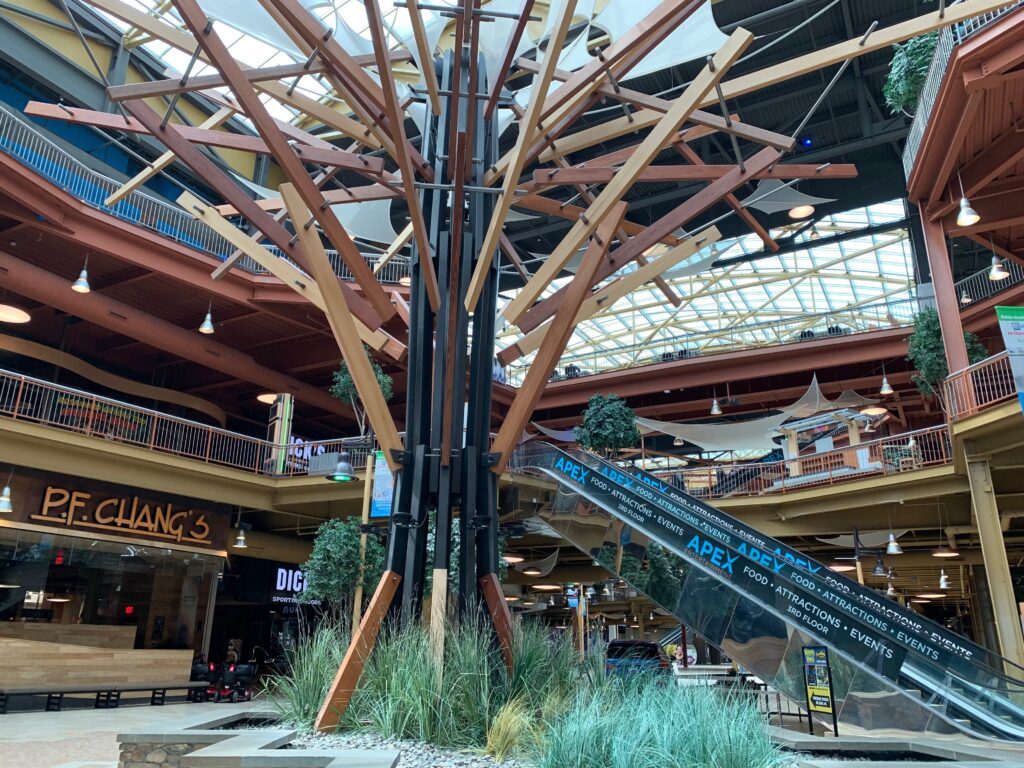
Destiny USA transformed from Carousel Center into an entertainment and dining destination. It introduced unique attractions, including an indoor go-kart track, ropes course, and a massive indoor canyon filled with restaurants and entertainment options. This shift in focus from solely retail to experiential offerings made the mall a go-to destination for entertainment and dining, which attracts a wide range of visitors beyond traditional shoppers. It’s a testament to the success of diversifying a mall’s offerings to keep pace with changing consumer preferences.
These malls have been successful in adapting by diversifying their offerings and creating experiences that go beyond traditional shopping. They’ve recognized the changing consumer preferences and have adjusted their strategies accordingly. However, it’s essential to note that not all struggling malls have been able to adapt successfully, and many have closed due to the challenges posed by online shopping and changing consumer behaviors.
In the face of declining foot traffic and a series of business departures at the Seminole Towne Center Mall in Sanford, FL, there are valuable lessons to be learned from the successes of malls across the United States that have adapted and thrived. To prevent the mall from succumbing to these challenges, it’s crucial to embark on a multifaceted revitalization journey. The following ten strategic points outline the path to revitalization, emphasizing the need to diversify offerings, create a vibrant community hub, attract upscale brands, embrace dining and entertainment, and adapt to evolving consumer trends. Engaging with local businesses, having responsive leadership, and maintaining a strong online presence are also vital components of this transformation process. By collaboratively implementing these strategies, Seminole Towne Center Mall can regain its status as a destination for visitors seeking more than just shopping, fostering long-term success in the heart of Sanford, FL.
- Diversify Offerings: Expand beyond traditional retail and introduce entertainment attractions to draw a broader audience.
- Mixed-Use Development: Explore the potential for mixed-use spaces, including offices, residential units, or a hotel within the mall.
- Community-Centric Approach: Foster a sense of community by hosting events, cultural activities, and creating inviting green spaces within the mall.
- Target Upscale Brands: Attract high-end and luxury brands to redefine the mall’s image and cater to a more affluent market.
- Embrace Dining and Entertainment: Prioritize dining and entertainment options, such as restaurants, cafes, and unique experiences, to make the mall a destination.
- Rebranding and Marketing: Consider rebranding the mall and implement effective marketing strategies to change public perception and generate buzz around revitalization efforts.
- Engage with the Local Community: Collaborate with local businesses and organizations to drive foot traffic and participate in local events or festivals to increase visibility.
- Adapt to Changing Consumer Trends: Stay agile in response to evolving consumer preferences and market trends.
- Responsive Leadership: Ensure mall leadership is proactive and adaptive, with a clear vision for implementing and sustaining changes.
- Enhance Online Presence: Improve the mall’s online presence through an engaging website and active social media to promote events, offers, and attractions, reaching a wider audience.



